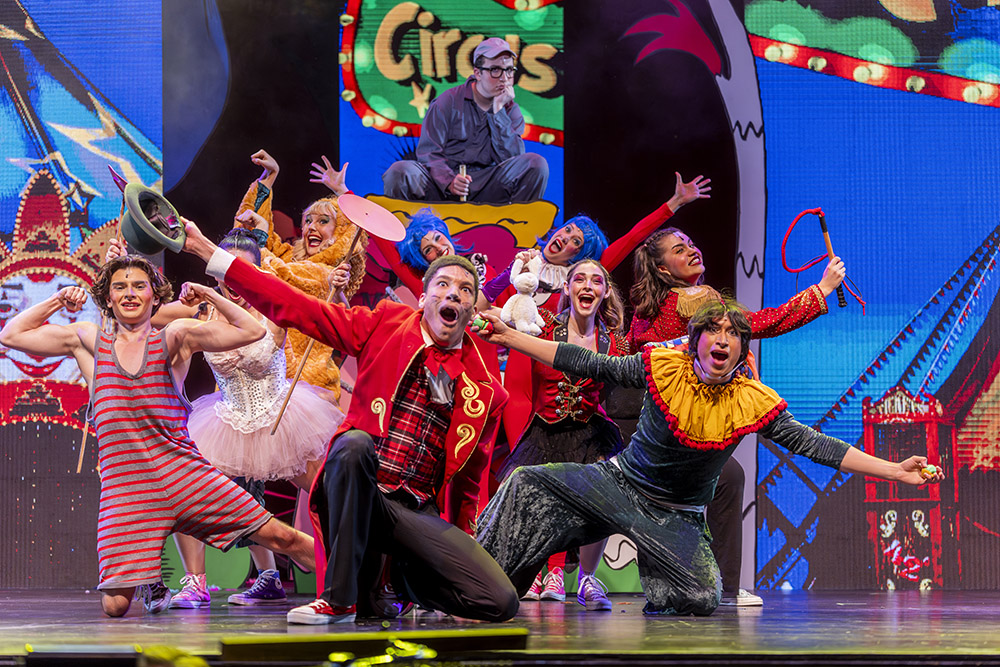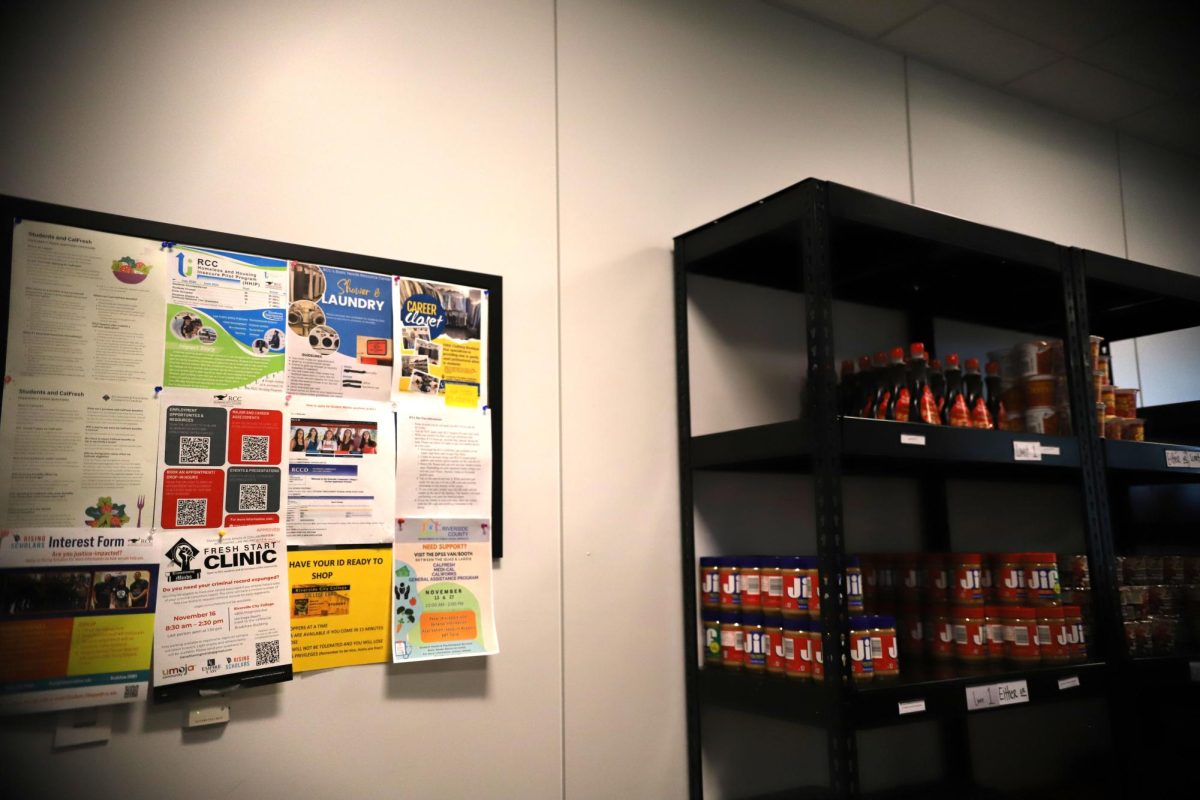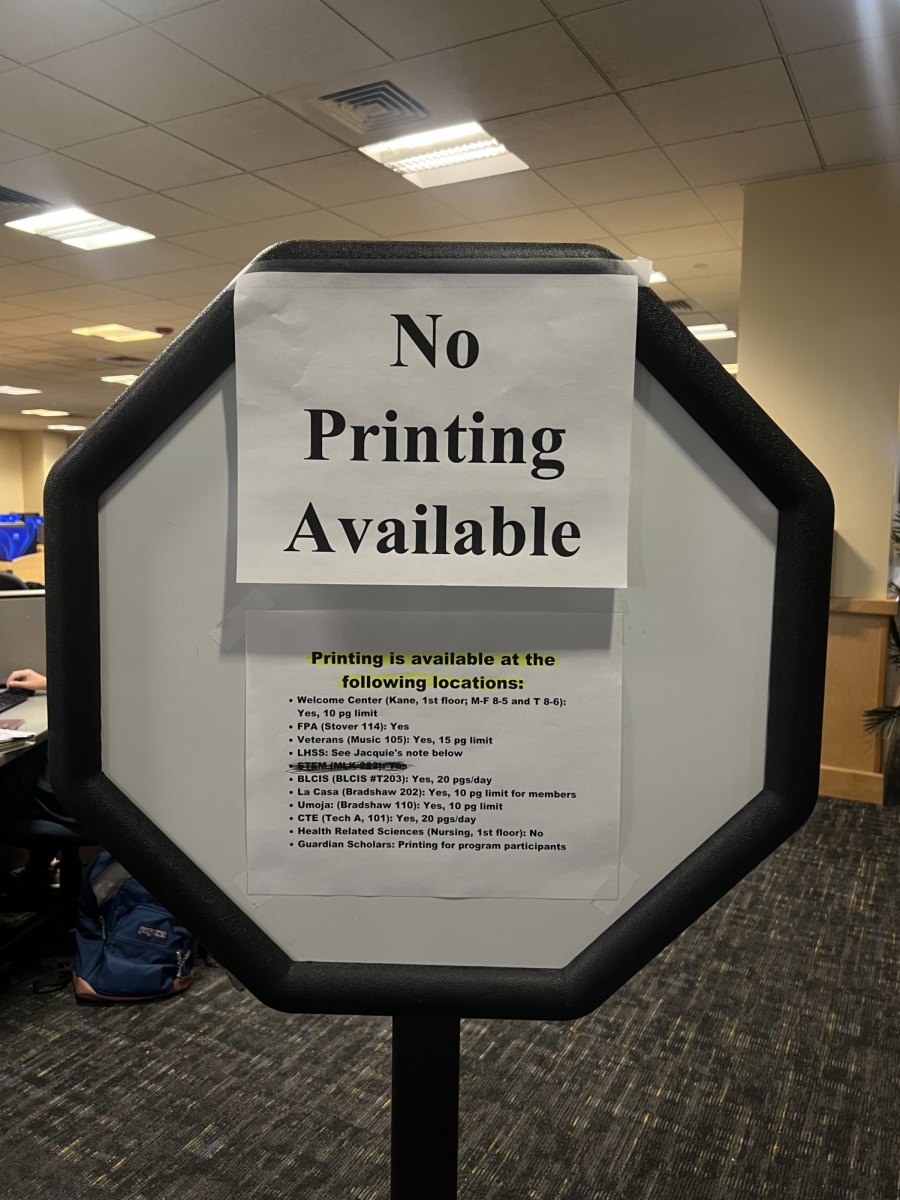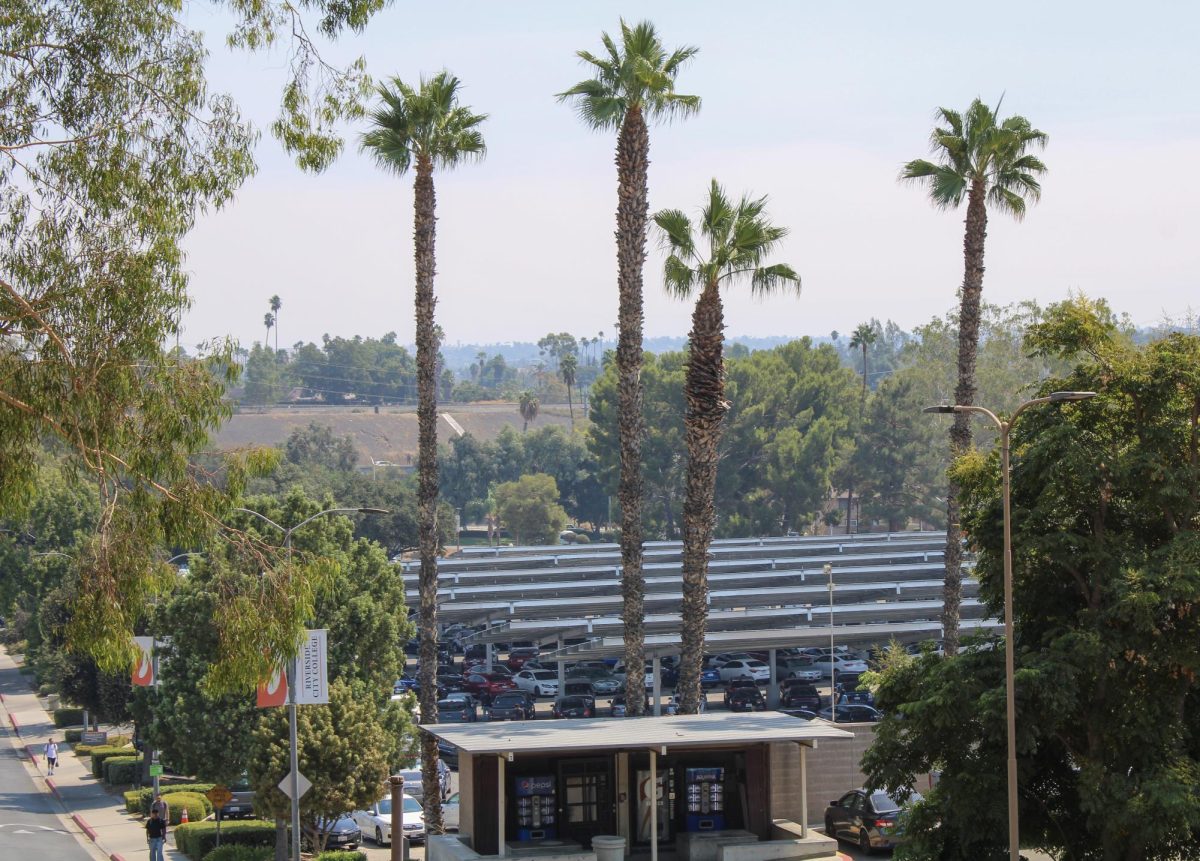By Zachary Porcu
By Zachary Porcu
Ours is a so-called “age of information.” What would have taken months of researching or multiple library trips now takes a matter of seconds, thanks to the Internet.
Google has made information-gathering all but instantaneous, and Wikipedia boasts to be collecting the sum total of human knowledge.
And yet, like so many other things, when something is abundant, it is often taken for granted and people grow lazy. Little wonder, then, with our culture positively swimming in information, that misinformation can become so prevalent and correcting it can be a serious concern.
It doesn’t help then when an author like Dan Brown comes along and masquerades fiction as fact, overwhelming the layman with “researched” claims that have only the most tenuous bearing on reality.
But, thanks to the fact that the topics addressed are those mostly common to scholars and professors of religion, the average person is hardly in the position to make up his or her own mind.
And when Brown states, as he does at the beginning of “Angels and Demons” that “references to all works of art, tombs, tunnels, and architecture in Rome are entirely factual (as are their exact locations),” readers are inclined to be mislead. Further, in an interview with CNN, Brown states that “99 percent of (the information) in the novel is true. All of the architecture, the art, the secret rituals, the history, all of that is true.”
Little wonder then that his words are taken for granted as researched facts and it becomes very easy to casually dismiss the critics as religious “fanatics” who don’t like what Brown is saying about their faith.
In reality, though, “Angels and Demons” is more likely 99 percent false or inaccurate, with a small percent of factual background. Rome, for instance, is a real place.
Some things are just glaringly false: the character of Langdon gives a lecture in which he states that “the practice of ‘god-eating’-that is, Holy Communion-was borrowed from the Aztecs,” an assumption which makes no sense whatsoever. The practice of communion stems from the last supper, which took place around A.D. 30, while the Aztec Empire didn’t even exist until almost 1,200 years later.
Brown also has problems with basic definitions. At one point he says that the Pantheon “got its name from the original religion practiced there-Pantheism-the worship of all gods.”
First of all, Pantheism is the belief that God and the universe are one and the same, not that there are many separate gods all worthy of worship. Further, there wasn’t even such a religion in ancient Rome, a culture which was polytheistic and worshiped different sets of gods, and where no two men necessarily worshiped the same gods.
The idea that the word “Pantheon” came from the word “Pantheism” is a linguistic confusion: the meaning and spelling in Greek are different: “Pantheon” means “every God”, while Pantheism means “God is all.”
Brown also seems to have an inability to even get basic details right. Countless small inaccuracies are littered throughout the book. He implies that Notre Dame was a Renaissance-period piece, while it is actually one of the most famous Gothic designs in the world, pre-dating the Renaissance period.
He also asserts that Copernicus was murdered by the church. In fact, Copernicus died a natural death and was a member of the Polish clergy, who, far from ostracizing him, encouraged him to publish his writings.
Brown also demonstrates almost no understanding of the Catholic church, from the color of a Cardinal’s cassocks (which are red, not black) to the fact that the church condemns artificial insemination, instead of using it as a clever loophole as the pope does in the novel.
Some things, though, are absurd. Basic architectural and topographical facts about Rome and the Vatican City are completely fabricated, contrary to Brown’s claims. There are numerous errors, one of the worst in which he places the Pantheon north of the Piazza della Rotunda instead of south, and Sant’ Agnese in Agone east of Piazza Navona instead of west.
The most painful might be mistakes that one would not expect any published writer to make. He clumsily refers to “Shaitan” as an Islamic word, despite the fact that Islam is religion, not a language. Such a mistake is so amateur it is embarrassing. But given that nearly all of the Italian throughout the novel is grammatically wrong, Brown obviously has no flair for language.
Of course, entire books have been written documenting Brown’s bafflingly numerous errors, so this list can hardly be considered comprehensive. But the fact that an author who packs his books with obvious misinformation has become such a popular one speaks volumes about the kind of culture in which we find ourselves.
The tendency to be intellectually lazy is a sad one considering just how easy it is for any person to do in-depth research. Unfortunately, most people won’t take the time to do so. “Don’t believe everything you read” turns out to be just as potent advice now as it ever was.






